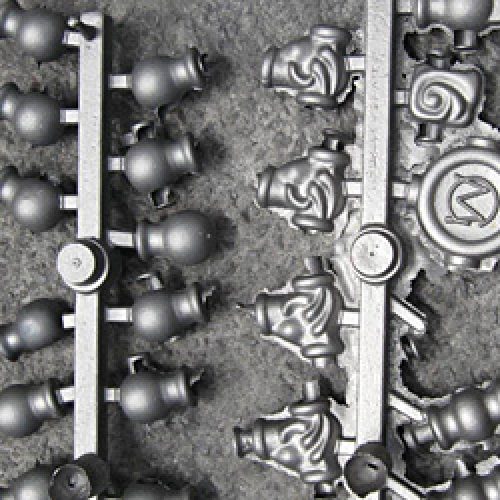Engineering ingenuity is an obligatory part of a fabrication cycle when hollow products are the manufacturing focus. The void-dominated process has to ensure a material flows uniformly across and inside a mould surface. It also has to control the geometry of the void, which is tough work, a real puzzle. This is the domain of the blow moulding die. We’ll explain further, of course, but try Imagining the process as one that parallels the art of glass blowing, for the glassy variant mirrors this casting process in many ways.
Seamless Castings
As a molten substance filters into a cavity, compressed air evenly distributes the material until it assumes a seamless thin-walled coating. Similar to our previously documented rotational moulding example, the blow moulding die technique achieves uniform pattern coverage by using air pressure. In essence, rotating mechanical parts are replaced by gaseous ingress. Additionally, the aforementioned rotating mechanism favours complex panels and detailed packaging forms, but this technique targets an enclosed profile.
The Advantages of Blow Mould Processing
Uniformity represents the core of the casting technique. Curves and linear traits partner with a precisely set interior void, a dimensional attribute that only a cutaway or an x-ray could properly reveal. Also, since we’re referencing a technique that employs compressed air, pneumatic power doesn’t require the high pressures typically reserved for contemporary moulding technology. No robust clamps and toughened ejection mechanisms are required here, so the process is inherently cost-effective.
Applications for Blow Moulding Die Products
A non-ferrous die absorbs heat and retains its form without contracting or expanding beyond a set engineering margin. Next, soft plastics and toughened polymers inflate inside the mould as air forces the “parison” (tube of plastic) to assume its final marketable shape. It stops expanding only when it conforms exactly to the mould walls, at which point it is ejected. These ejected vessels are the lightweight plastic water bottles, fuel tanks, recycling bins and countless other hollow products that fill every shelf and household, but their mechanical properties will differ slightly according to one of three blowing techniques.
There are three types of blown mould technology in use today. These are:
- The extrusion technique
- Injection blown method
- Injection stretch blow
Created by a metal castings technique that is itself derived from a glass blowing method, blow moulding adds pneumatics to an engineer’s processing repertoire, thus ensuring a product dominated by a hollow is always manufactured according to a high-quality methodology.


